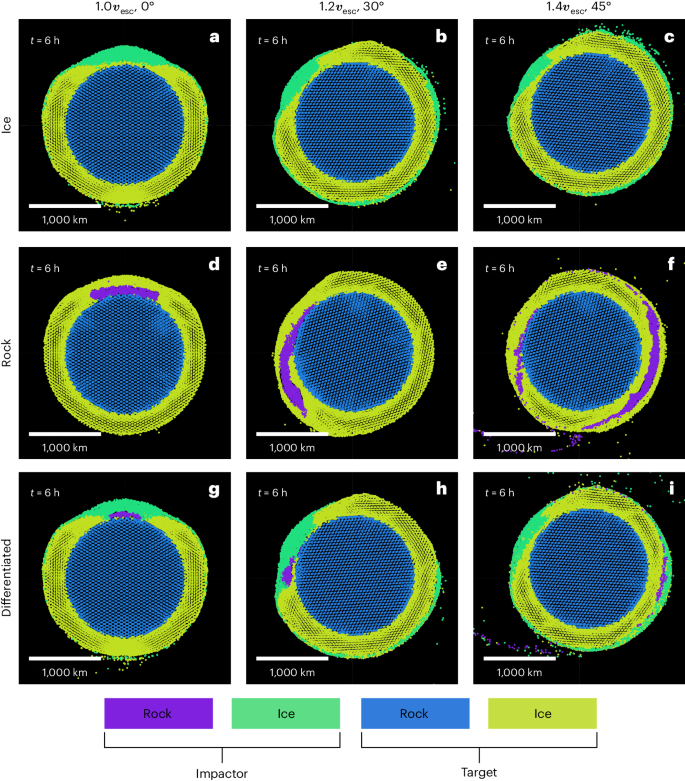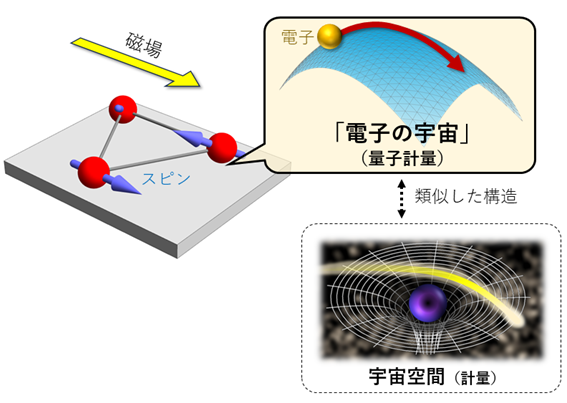2024-04-15 アリゾナ大学

Pluto’s bright “heart” features prominently in this image taken by NASA’s New Horizons space probe on July 14, 2015. NASA/Johns Hopkins University Applied Physics Laboratory/Southwest Research Institute
<関連情報>
- https://news.arizona.edu/news/how-pluto-got-its-heart
- https://www.nature.com/articles/s41550-024-02248-1
海のない冥王星にある古代の岩石マスコンを示す衝突残骸としてのスプートニク・プラニティア Sputnik Planitia as an impactor remnant indicative of an ancient rocky mascon in an oceanless Pluto
Harry A. Ballantyne,Erik Asphaug,C. Adeene Denton,Alexandre Emsenhuber & Martin Jutzi
Nature Astronomy Published:15 April 2024
DOI:https://doi.org/10.1038/s41550-024-02248-1

Abstract
Pluto’s surface is dominated by the huge, pear-shaped basin Sputnik Planitia. It appears to be of impact origin, but modelling has not yet explained its peculiar geometry. We propose an impact mechanism that reproduces its topographic shape while also explaining its alignment near the Pluto–Charon axis. Using three-dimensional hydrodynamic simulations to model realistic collisions, we provide a hypothesis that does not rely upon a cold, stiff crust atop a contrarily liquid ocean where a differentiated ~730 km ice–rock impactor collides at low-velocity into a subsolidus Pluto-like target. The result is a new geologic region dominated by impactor material, namely a basin that (in a 30° collision) closely reproduces the morphology of Sputnik Planitia, and a captured rocky impactor core that has penetrated the ice to accrete as a substantial, strength-supported mascon. This provides an alternative explanation for Sputnik Planitia’s equatorial alignment and illustrates a regime in which strength effects, in low-velocity collisions between trans-Neptunian objects, lead to impactor-dominated regions on the surface and at depth.




